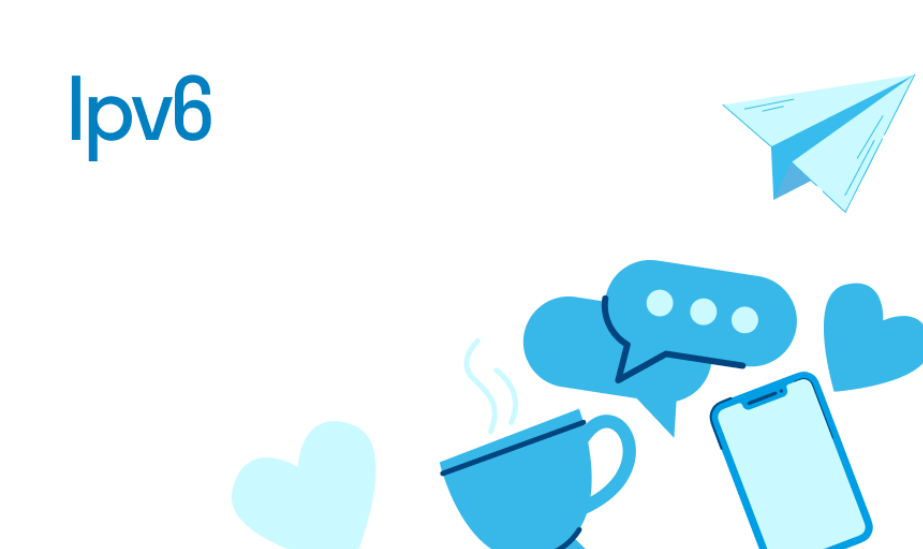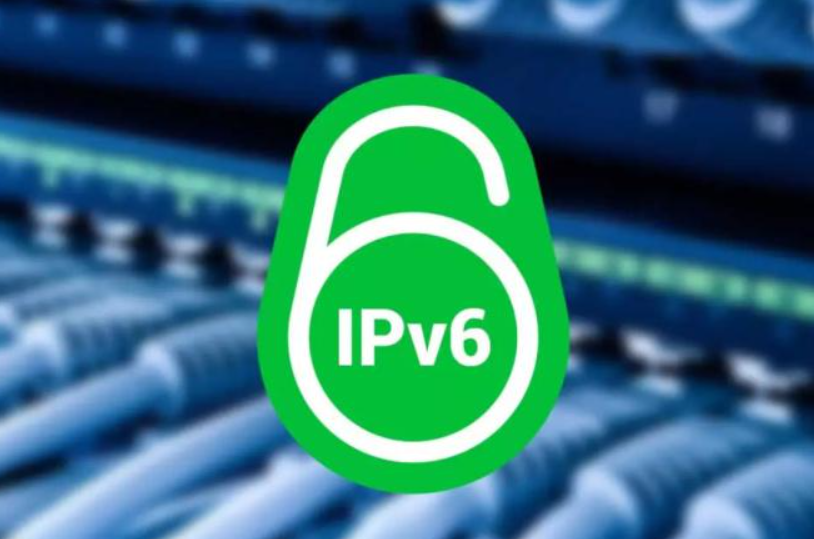IPv6: The Future of Internet Addressing
IPv6 Protocol: What is it?
Sending and receiving letters, parcels, packages, utility bills – all this would be impossible without postal addresses. The same applies to the Internet, only instead of postal addresses, IP addresses are used there. The abbreviation “IP” stands for “Internet Protocol”, that is, a set of algorithms and tools, thanks to which data is exchanged within local and global networks, devices, laptops, computers, routers, modems, servers interact with each other.
The most popular version of the protocol continues to be IPv4, however, it is gradually being replaced by IPv6. What are its features? What are the advantages?
Reasons for its appearance
IPv4 appeared back in the 80s of the last century. It assumes a 32-bit writing format, so the number of available combinations is about 4 billion 300 million. Of course, in the years of its appearance, the number seemed quite sufficient to meet the needs of all users, because the Internet was not a very widespread and accessible technology.
Times have changed. The population of the planet is approaching 8 billion, the vast majority have a smartphone in their pocket, a laptop in their briefcase or backpack, and a computer at home. Each of these devices can access the Internet, and therefore needs its own IP address. IPv4 is critically insufficient to meet the needs.

The IPv6 protocol uses 128-bit rather than 32-bit writing, which makes the number of available address combinations an absolutely astronomical figure - 3.4 x 10^38. This more than covers the needs not just for years, but for decades and centuries to come.
The official world debut date of IPv6 is June 6, 2012, although the first tests and trials began much earlier. Every year, the version becomes more and more widespread, supported by modern network equipment, routers, routers, base stations of cellular communications, operating in 4G format and higher.
According to statistics, the total volume of world traffic related to IPv6 is still less than half, about 35-40 percent, but it is growing steadily.
Writing
As noted above, the length of an IPv6 address is 128 bits. The entry is represented by 8 groups of 4 digits in hexadecimal format, separated by colons. An example of writing is “2001:0db8:abf2:29ea:5298:ad71:2ca0:4ff1”. For greater convenience, some rules were introduced:
- Possibility of omitting initial zeros when writing. For example, the group “0db8” will become “db8”.
- Using double colons to replace consecutive groups formed exclusively by zeros.
- Using lowercase, not uppercase, Latin characters.

Header structure
The information packet contains not only the main information to be delivered, but also a header that determines the efficiency and accuracy of delivery. The size of the address in IPv6 has increased fourfold, from 32 to 128 bits, but the header has only doubled, which indicates its good optimization.
The fixed part of the header contains all the information required for routing:
- Protocol version. In this case, IPv6.
- Traffic class. It determines how urgently a specific packet should be delivered. Along with the class, the delivery priority also increases.
- Flow label. Its recipients are routers. It contains data on the specifics, the order of transmission of packets in a certain information flow.
- Payload length. Determines the size of the packet in the payload.
- Addresses. Record the IP addresses of the device that sent the packet and its destination.
Other data may also be located outside the fixed part of the header, including information on the need to activate encryption, auxiliary devices during transit transmission, authentication.
Classification of addresses
The IPv6 protocol uses the following types of addresses:
- Unicast. They are needed for precise recognition of the interface of a node operating on IPv6.
- Multicast. They allow sending data to several addresses at once. Analogues of broadband addresses typical of the previous version.
- Anycast. Such addresses are assigned to several devices at once, however, the packet arrives at the nearest one.

Unicast addresses can also be divided into several categories:
- Global. Public. In fact, these are analogues of the same addresses in IPv4. Network equipment can build a full path to them for efficient data transmission. These addresses are unique and unrepeatable, and can be configured both statically and dynamically.
- Unique local. Their analogues in the 4th version of the IP protocol are private. They are not used for global routing, but are used in small-scale private networks.
- Link local. These addresses in IPv6 belong to the lower level. Their assignment is automated, the process is controlled and managed by the host. Routing in the global network is impossible, the scope of application is limited to the channel in which the address is generated. Uniqueness is optional.
Advantages
The IPv6 protocol differs from its predecessor for the better not only in the maximum number of possible addresses, but also in other advantages. The most significant are as follows:
- Advanced routing algorithms. The process is faster and more efficient, which has a positive effect on the overall reliability, stability of the network, and accelerates the transfer of information. The advantage is becoming increasingly relevant and tangible with the spread of fiber optic lines and high-speed cellular standards, LTE, 4G, 5G. This speed will definitely be appreciated by fans of online games and cinemas. Ping will decrease.
- Simplified headers that do not contain unnecessary data. This also increases the speed of information exchange, in addition, reduces the load on network equipment.
- Maximum security. The IPv6 protocol provides support for functions that protect information from interception, ensuring their transmission in encrypted form, making interception useless. For example, IPSec is supported, which means that even without additional software and hardware, you can achieve a high level of security, without worrying about hacker attacks, network break-ins, theft or deliberate damage to information.
- Compatibility with new technologies. Not all innovative developments can be used on IPv4, due to the limited address space and not the best routing algorithms. IPv6 solves the problem, allows to fully reveal the potential of IoT, Internet of Things, cloud computing, machine learning and other technologies.
- Support for QoS function, which allows to record information packets, which are most sensitive to speed drops, the transmission of which should be carried out first.

Problems and solutions
Despite the obvious advantages of IPv6, there are some problems that hinder its distribution. In particular, the following limiting factors should be noted:
- Protocol incompatibility. A device supporting IPv4 cannot connect to an analog running on IPv6. Modernization or use of intermediary network components is required, in both cases you will have to face additional costs.
- Limited applications, software. Not all programs yet allow you to effectively interact with IPv6. The solution to the problem is similar to the previous one, modernization, updating, switching to current versions is required.
- Insufficient user awareness. Professionals have long known the advantages of IPv6, which cannot be said about ordinary users who continue to live in a world where only the 4th version exists. Internet corporations, providers need to more actively promote the new version.
Summary
Despite the difficulties that limit distribution, it is clear that the future belongs to the IPv6 protocol. It is not only about the exhaustion of the supply of free IPv4 addresses, but also about the technical advantages of the new version, its ability to transmit data at a higher speed, support for functions that ensure protection and security. When purchasing network devices, be it routers, routers, network cards, modems, it is worth paying attention to their IPv6 support.
Answers to popular questions
How soon can I start using the service?
The user account is opened immediately after the application is submitted.
Immediately after making the payment, you can start using the service immediately.